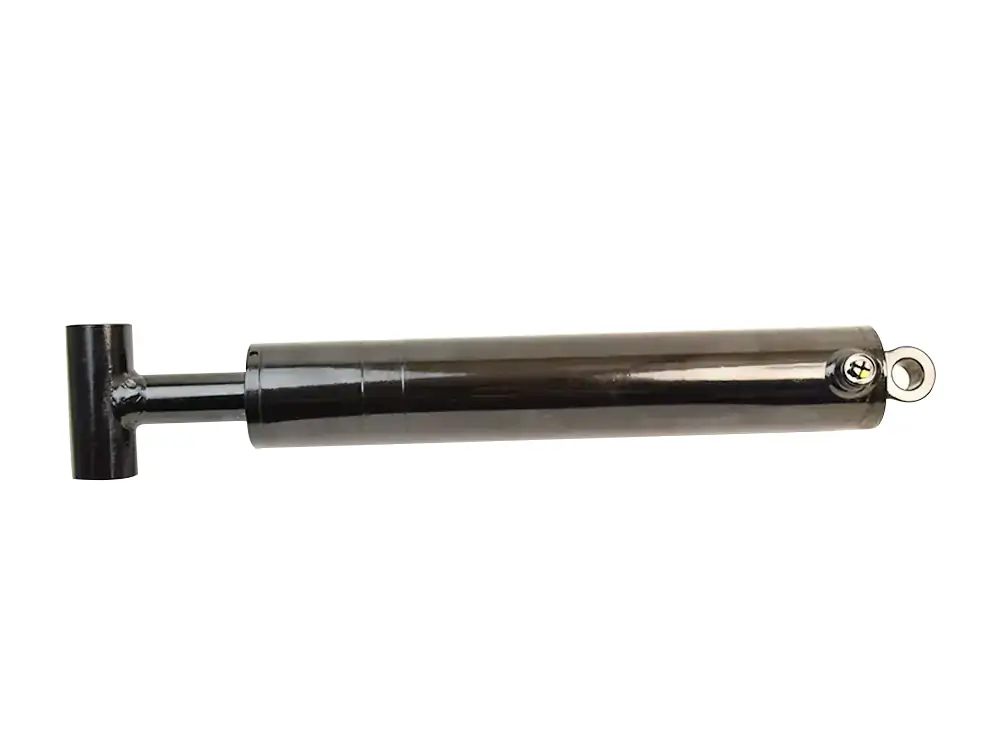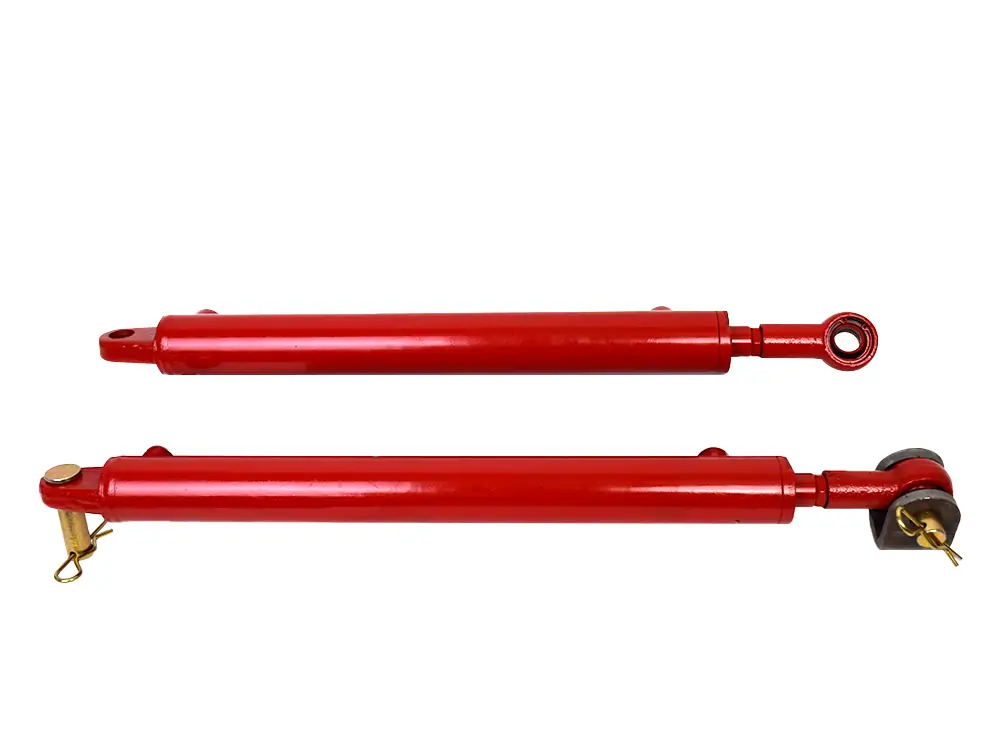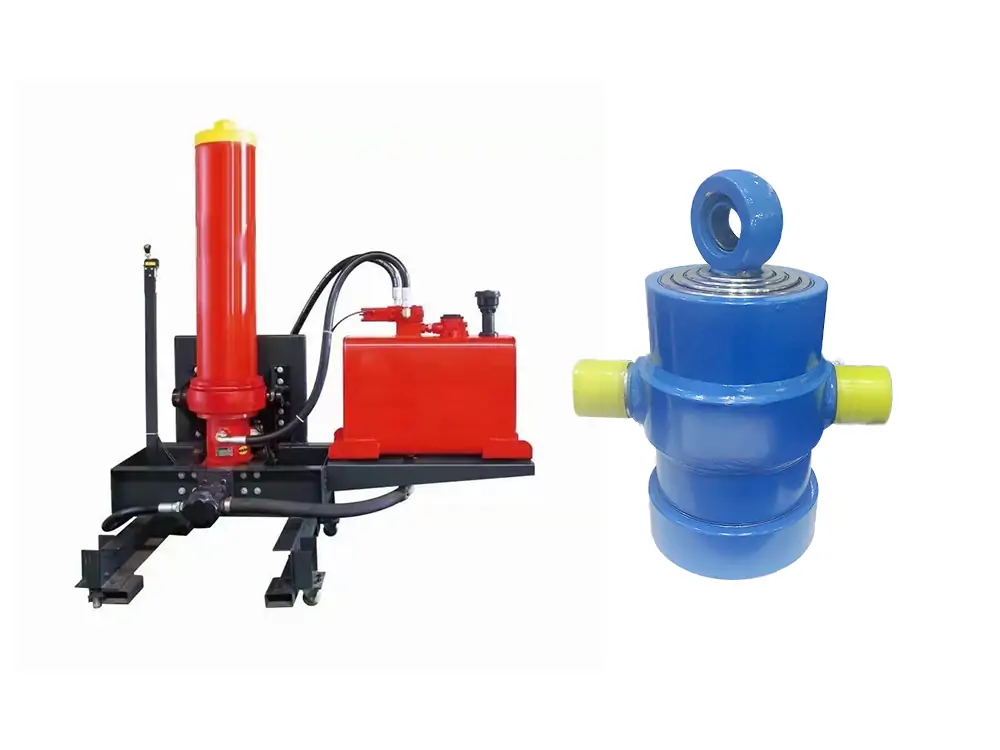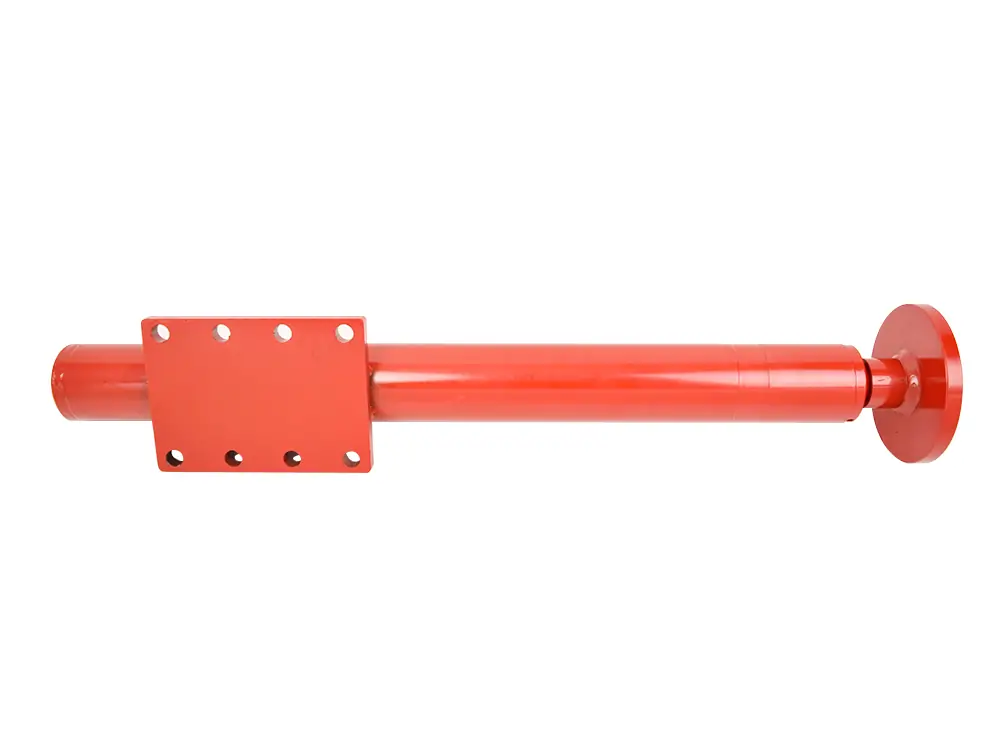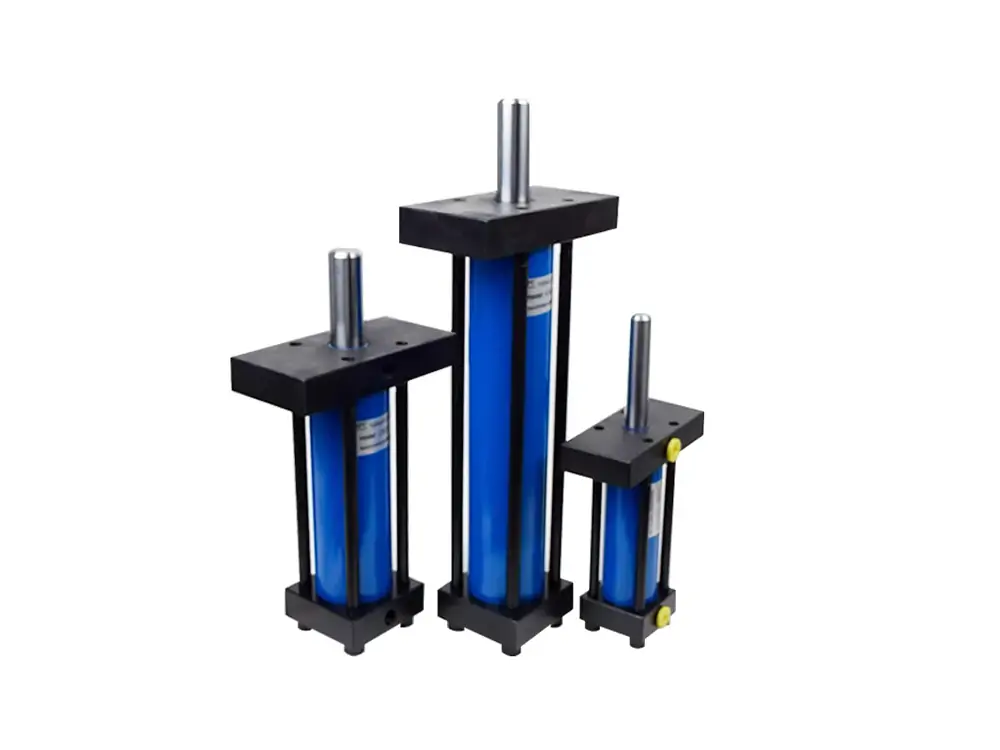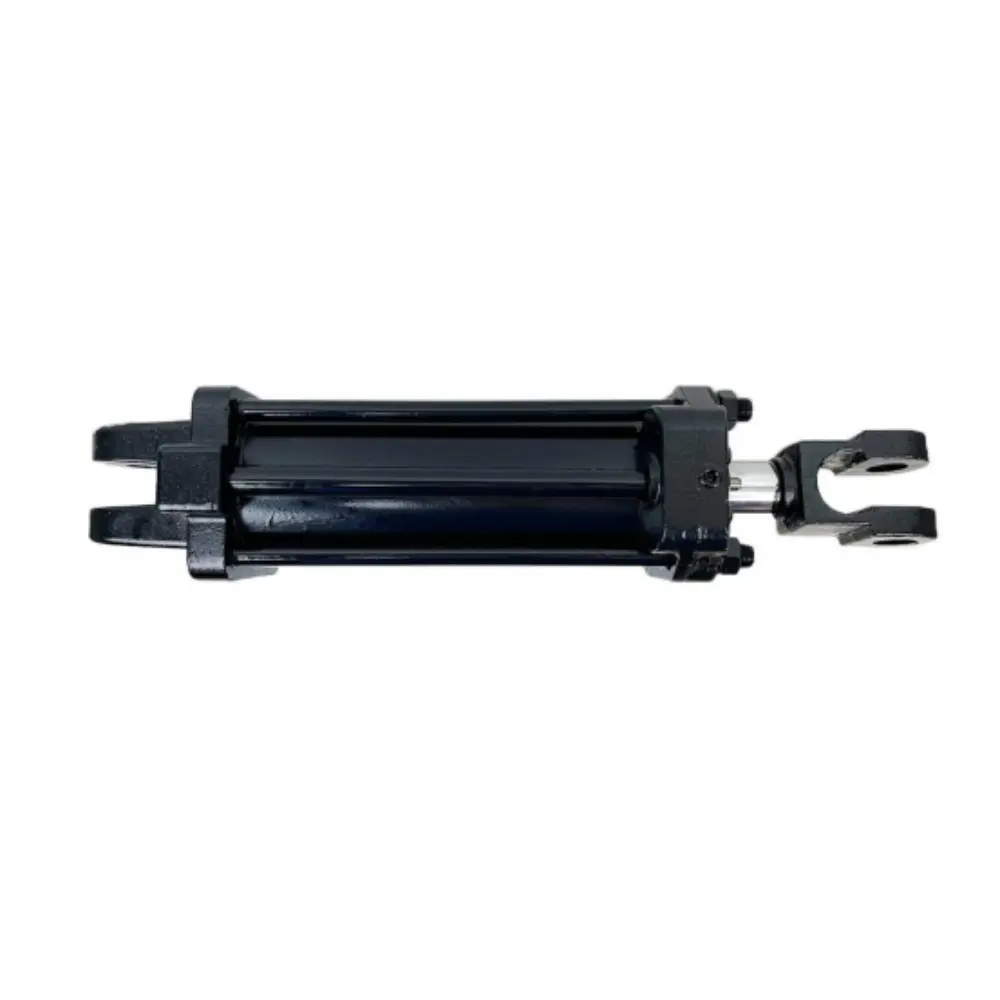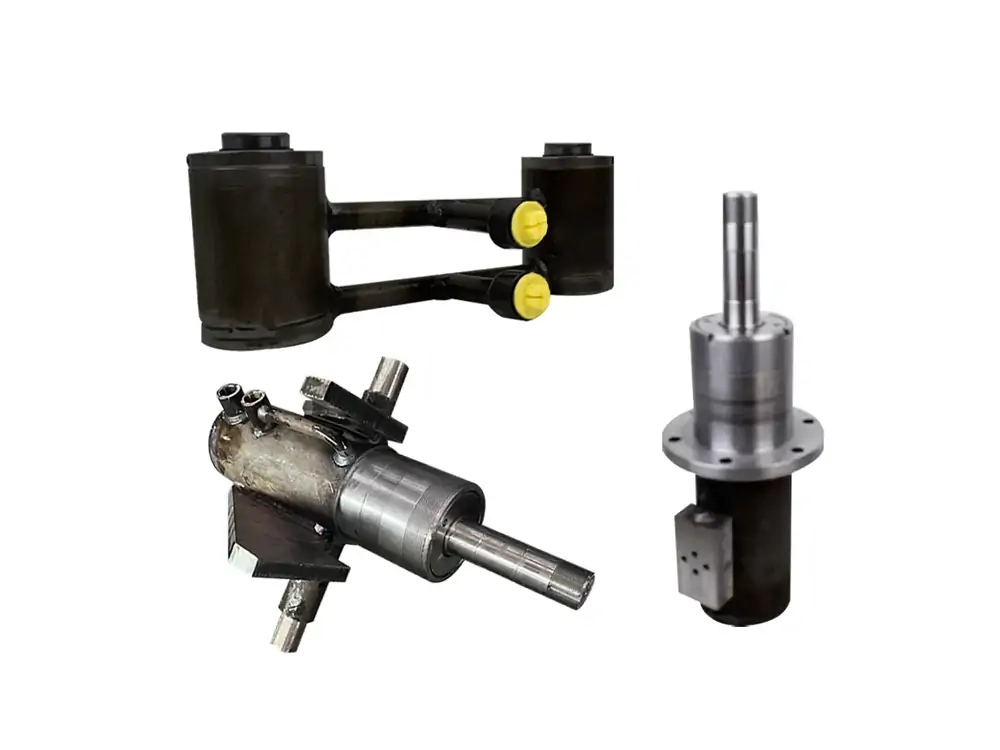Hydraulic cylinders are of utmost value in various machinery. Lifters, cranes, and dump trucks use them. Different hydraulic cylinders exist, and telescopic hydraulic cylinders are becoming popular. Interestingly, the working principle of a telescopic hydraulic cylinder is unique. So, they give exceptionally long strokes.
Their unique way of working enhances their functionality and performance. Remember, this cylinder is similar to a telescope in appearance when in use. Therefore, it is known as “Telescopic” hydraulic cylinders and is used in heavy-duty machines. Want to learn more about these cylinders? Read along as I explain!
Overview of Telescopic Hydraulic Cylinder
Telescopic cylinders consist of multiple stages (sections) that extend to complete the task. These sections retract (collapse) and stay inside each other when not working (extended). Remember, each stage consists of a piston and small cylinders. Hydraulic fluid puts pressure and expands all portions in a controlled manner.
These cylinders provide a long stroke by extending sections. Have you ever seen old antennas on the radio? They can extend out long and then retract back to their place. These telescopic hydraulic cylinders are similar to antennas. Their essential workings depend on the hydraulic fluids they use. Why are these cylinders known as telescopic?
Their name is due to those extendable stages. Remember, a telescope also has such stages that extend and then retract, making the telescope compact. Due to this similarity, these hydraulic cylinders are also known as telescopic cylinders. What I like about cylinders is that they are compact.
Despite having expandable sections, these cylinders occupy very little space. The reason is that those sections retract and stay nested inside each other. This upside makes them popular for different machines. Cranes and spider lifters use them. Moreover, some dump trucks also use these telescopic hydraulic cylinders.
Have you ever had a dump truck unloading any material? This truck lifts its bed at a very sharp angle. As a result, the material falls and is unloaded. How does that lifting of the bed happen at that sharp angle? That’s where telescopic hydraulic cylinders come in. The cylinders extend and raise the bed of the vehicle at certain times.
Remember, different stages extend to complete this job of bed lifting. Once the material is unloaded, those stages consist of cylinders retracting back. As a result, the truck’s bed returns to its original position. But how do those stages extend and retract? I’ll explain this in the next section.
Telescopic Hydraulic Cylinder Working Principle
The workings of telescopic hydraulic cylinders are based on hydraulic fluid. Each stage in these cylinders has its unique cylinder and piston. The fluid goes inside each of those cylinders, belonging to different stages. It extends each stage by applying pressure against the piston. During retraction, fluid is released from each cylinder.
The first cylinder in these setups is smaller and has a small cylinder and piston. Similarly, the second has a more giant cylinder than the first one. The cylinder size increases progressively. This allows the different sections to easily fit into each other during retraction. These cylinders have ports that allow fluid flow between them.
Each cylinder carries a piston that is pushed with hydraulic fluid pressure. Remember, telescopic cylinders can have 2 to 6 stages. Have you understood the basis of these hydraulic cylinders? Let’s discuss their work in easy steps.
1- Entry of Fluid in Base Cylinder
First, the fluid from the reservoir enters the hydraulic cylinders. It puts pressure on the piston in this cylinder, which moves and extends the piston rod. Remember, this base cylinder is relatively tiny. Once the cylinder is filled, the fluid goes into the second stage (cylinder). When the first one is filled, the fluid only goes to the second cylinder.
2- Movement of Hydraulic Fluid Through Port
The question is: how does hydraulic fluid go from the first cylinder to the second? Let me answer this.
Each cylinder consists of a small port. This inlet is where fluid enters another cylinder. Once the cylinder is filled, the fluid starts to go into the second cylinder. In this second cylinder, fluid will again push against the piston. As a result, the piston rod will extend. Due to pressure, the second stage will extend smoothly.
Once the second cylinder is filled, the fluid will go into the third cylinder through the port. Remember, this flow of hydraulic fluid is very controlled. Each of the cylinders contains a check valve. This valve ensures fluid does not go into another cylinder if one is not filled. This ensures proper distribution and extension of stages.
The sequence continues until the last cylinder is filled, extending all the sections or portions. They will do whatever job they are associated with. For example, they would lift the bed in a dumpster to unload material. Similarly, spider lifters would make chains to reach high points, such as buildings.
3- Retraction of Stages
This retraction of parts (sections) is the last step in telescopic cylinders’ working. Once all the cylinders are filled, the stages stay extended to do the job. Once a job is done, the retraction of each stage comes into the scene. At this point, the fluid from the last stage returns to the second-to-last stage. This process happens in a slow and controlled manner.
On the fluid release from the last stage, it starts to retract. Similarly, the fluid moves from the second last to its next phase. In this way, the second-to-last stage retracts. This process continues until all the fluids return to the first cylinder and enter the reservoir. In this way, all the stages retract and return and fold together in one place.
Quick Highlight: Some cylinders also use strong springs for retracting the stages. But that’s very uncommon. Generally, hydraulic cylinders rely on the release of fluid for retractions. Almost all modern telescopic cylinders use fluid instead of springs. The impact gravity also plays a crucial role in retraction in telescopic cylinders.
Uses & Applications of Telescopic Hydraulic Cylinder

These hydraulic cylinders are used mainly due to their compactness. They occupy very little space in machines. It might be confusing as they have multiple stages. Remember, those sections or stages retract. It means all those sections come over each other. They extend when fluid goes into their cylinder.
Different machines use them. Have you seen a spider lift? It helps keep workers at the higher points during their needs. These lifters use telescopic hydraulic cylinders for lifting jobs. Once the job is done, the spider lift retracts its length by retracting the stages. Many other machines use these cylinders.
Many agricultural machines use them, for example. Have you seen a tractor-trolley unloading materials? The trolleys move up because of these telescopic cylinders. Here is a table showing different machines that also use these cylinders.
| Industry | Machinery/Equipment |
| Transportation | Dump Trucks, Tipper Trucks |
| Construction | Mobile Cranes, Tower Cranes, Aerial Work Platforms |
| Agriculture | Loaders, Harvesters, Tractors trolley, Dump trucks |
| Waste Management | Garbage Trucks Refuse Vehicles |
| Mining and Earthmoving | Bulldozers, Excavators, Dump Haulers, Forklifts |
Frequently Asked Questions
What is a telescoping hydraulic cylinder?
A telescopic hydraulic cylinder consists of many stages or sections. They are known for their better reach and compactness. Each section consists of a cylinder and pistons. Cylinders of each stage are connected through a port. These extend to help get more reach and do the job.
What is the advantage of a telescopic hydraulic cylinder?
The main advantage of these cylinders is their compactness. They can fit easily in less space and extend to do the job. Heavy-duty machinery such as spider lifts and cranes use them.
How do telescopic hydraulic cylinders work?
The hydraulic cylinder works using hydraulic fluid. This fluid applies pressure in each cylinder and moves the piston rod. It moves in all the cylinders to extend all the stages. During retraction, fluid moves back into the reservoir, causing the stage to retract.
Conclusion
The workings of a telescopic hydraulic cylinder are straightforward. It uses hydraulic fluid to retract and extend its sections or portions. Once needed, those portions extend to complete the job of lifting or pulling. Once done, these sections retract and return to their original position.
This retraction ensures that these cylinders don’t occupy much space. Many small machines come with these cylinders. The most common usage of these cylinders is in tractor trolleys and loader trucks. After reading this article, you will understand how telescopic hydraulic cylinders operate.

